Wendy Posner is the CEO of Posner Fine Arts, an international art advisory based in Los Angeles. With a global roster of artists, publishers and gallerists, she builds relationships with both established art stars and new talent. She has traveled to more than 20 countries regularly
attending art fairs and making studio visits. I’ve known Wendy for 10 years, sometimes as a client of my legal practice. We discussed how the role of art advisor is facing the challenges of mega-galleries that have recently added in-house advisory services.
Stephen Goldberg: What are the challenges of mega-galleries, such as Hauser & Wirth, expanding into the art advisory field?
Wendy Posner: Most of the large galleries have now added advisory arms to their business, outside of doing private sales, where they’re even looking for secondary market pieces for their clients, not just the primary works that gallery is selling.
As a fine art advisor, the main conflict of interest is that we would normally take our clients to the galleries to purchase artworks, and if they’re also now acting as advisors, they might take those clients from us because they have offerings that we don’t have access to—from their collectors that they work with, in addition to their primary works. If any collector walks into a mega-gallery, they’re going to be offered the same discount that’s offered to advisors, so that incentivizes the way that we would normally be paid. How do we pass off a discount to our collectors, when the percentage that the gallery is offering the collector is the same as what they’re offering to the advisor?
Mega-galleries have deep pockets. They’re able to go and market directly to the collectors, and they have more funds for staffing. In the traditional way of art advising, it wasn’t something that you charged your clients an hourly fee for; your time was paid for in the sale of the work. It’s become exponentially more difficult because unless a collector buys a piece of art, we don’t make any money.
If you’re competing with the mega-galleries who know which of their collectors own works by certain artists, they can always go back to their collector base and start selling their works into the secondary marketplace. Now the level of transparency has completely changed with more information online, and collectors at a certain level are much savvier. And charging for the services is really where the money is going to be made, not just in the sale of the markup.
Are there any examples of losing clients to a gallery?
I had a collector that was looking for a painting by a specific artist. We had worked for about six months to find works by that particular painter, and it ended up that the collector back-doored us and went to a gallery directly. The gallery gave them the same discount that we would have gotten as an advisory to make the sale. We were completely cut out of that deal. I think that’s part of the issue when you’re taking collectors to the art fairs and introducing them to the galleries, and you’ve curated artworks for them to see with specific galleries, that even if they don’t end up making the sale through you they could easily turn around at a later date and go directly to those galleries—unless the galleries protect you.
What about an agreement upfront that would permit you to be able to bill clients for your time?
That’s what a lot of advisors are starting to do, create this new business model. But with collectors that we’ve worked with for 30 years, if that isn’t a traditional methodology of which they’ve acquired artworks for, how do you re-educate them in terms of a new business model? So there’s definitely a shift in the marketplace. The other part of it is that the discounts we were able to get in the past were much steeper than the discounts that are now customary across the board. The galleries have a standard discount for commission. With other galleries that we have long-term relationships with, the discounts could be variable, and they could be much more than the standard. But if a known collector walked into that same gallery, they’re going to be offered the standard discount to make the sale. So you’re in competition with yourself and with your collectors for that discount rate. Unless it’s a mega piece, you’re making a nominal amount of money for the time that you’ve spent with the client to acquire that.
Are you giving collectors a written contract?
We put together agreements for our collectors that we’re working with, because we have to be able to protect ourselves. But with the mega-galleries there has to be some sort of relationship established upfront before we even take our collectors to those galleries.
Do you have a conversation with them?
Yes. You have to have some sort of terms of agreement with them and everything is negotiable. So it has become much more complex.
This is part one of a two-part series. In the next installment we will discuss online sites such as Artsy and the auction houses that have now expanded into the art advisory space.









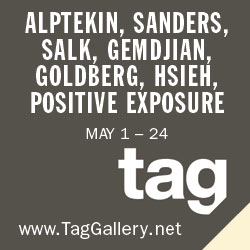




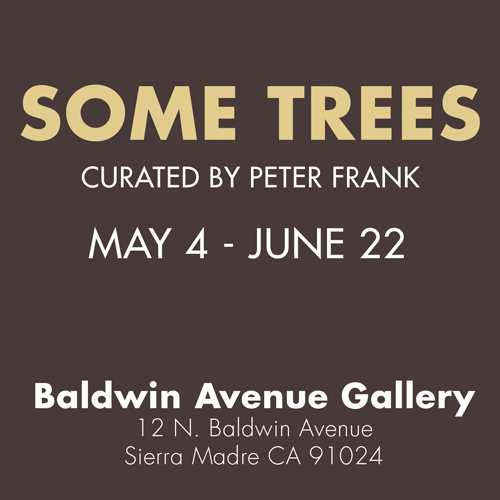
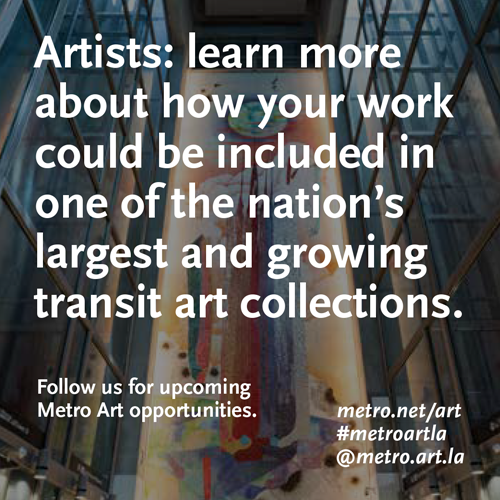

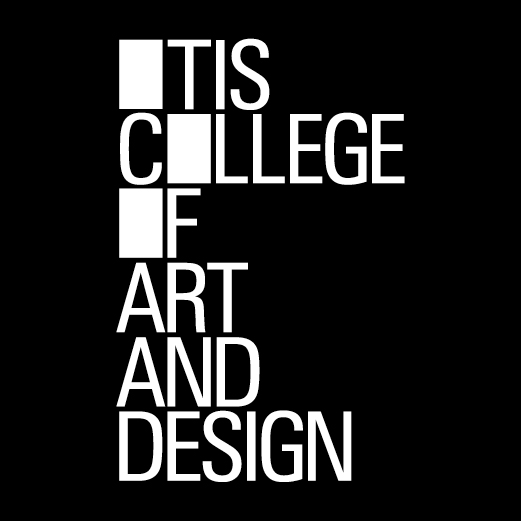
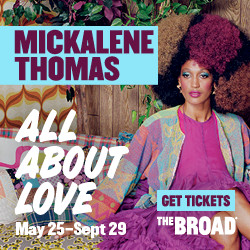

0 Comments